| TALES OF HEATH & POND |
VISITOR'S GUEST BOOK | HISTORY OF THE HEATH & POND | GUESTS' PHOTOGRAPHS | SOURCES OF INFORMATION | VIDEOS | SITE MAP |
Nuthatch
To see a larger copy of each image click on it; to see the next large image click at the right of the image, to go back click on the left of the image. To close a large image click on the cross in the top right hand corner.
New photographs are usually added to the bottom of the page - click to go to the bottom of this page
2020 |
||
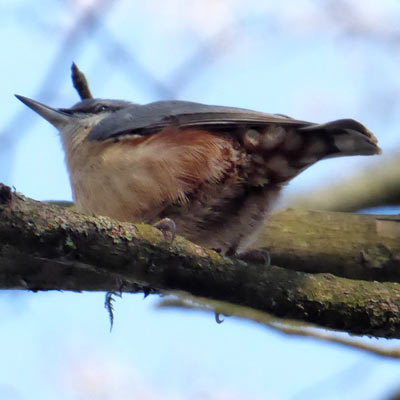 |
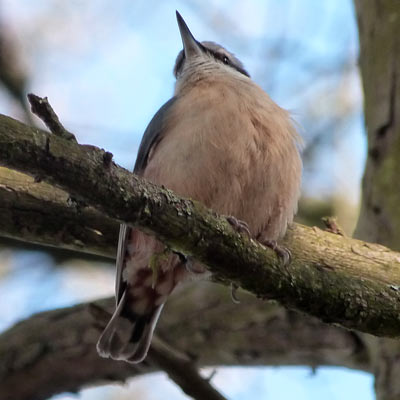 |
|
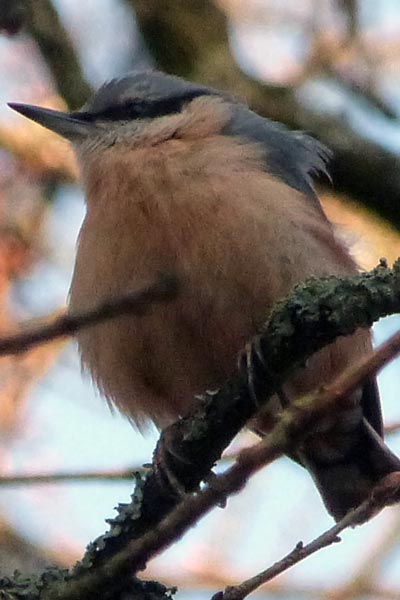 |

The nuthatch is a plump bird about the size of a great tit that resembles a small woodpecker. It is blue-grey above and whitish below, with chestnut on its sides and under its tail. It has a black stripe on its head, a long black pointed bill and short legs. They are somewhat woodpecker-like, but more agile, perching up on their feet with bodies and tails held well clear. They can descend head-first and hang upside down beneath twigs and branches It breeds throughout England and Wales and has recently began to breed in southern Scotland. It is a resident, with birds seldom travelling far from the woods where they hatch. Look out for nuthatches scuttling up and down trees. They will often descend trunks head first when searching for food. Listen out for its ‘dwip dwip’ call. Nuthatches will often visit bird feeders in gardens that are close to suitable habitat. Nuthatches will sometimes plaster mud around the entrance of their nesting hole. This makes it smaller and less accessible to competitors and predators The UK’s nuthatch population is doing well, growing by an estimated 250% since the 1970s. However, as a woodland specialist, the felling of woods and trees threatens to reduce the species’ habitat. |
|
2021 |
||
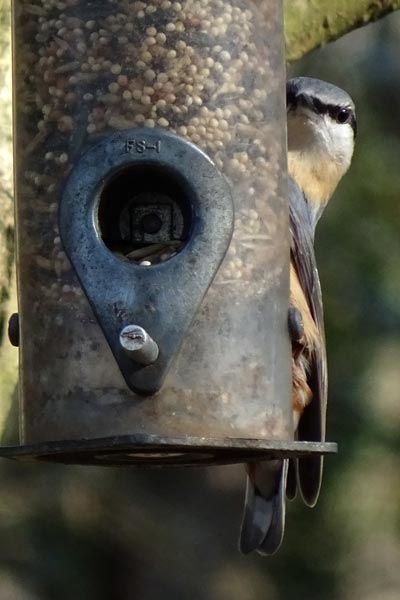 |
||
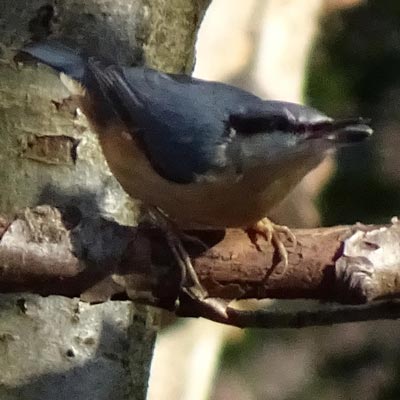 |
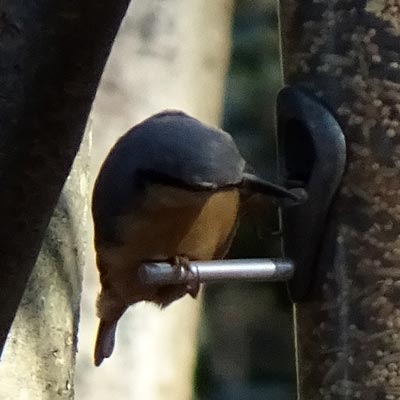 |
|
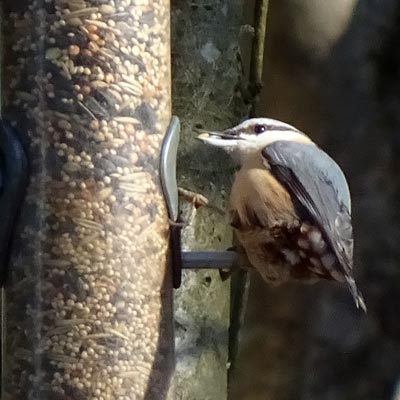 |
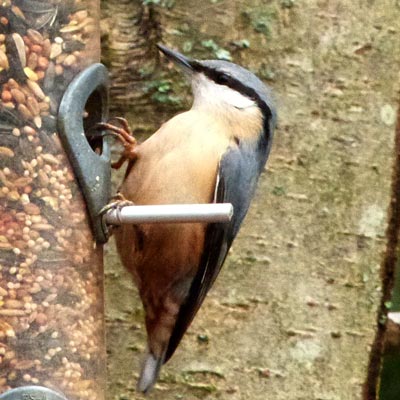 |
|
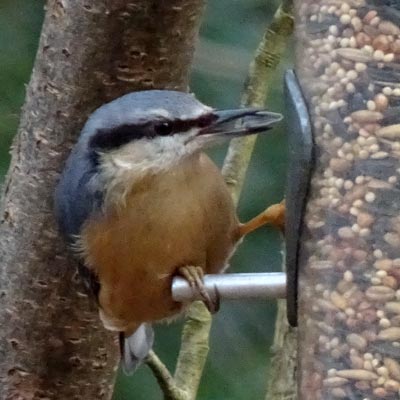 |
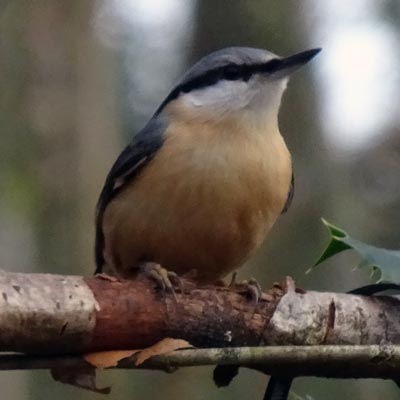 |
|
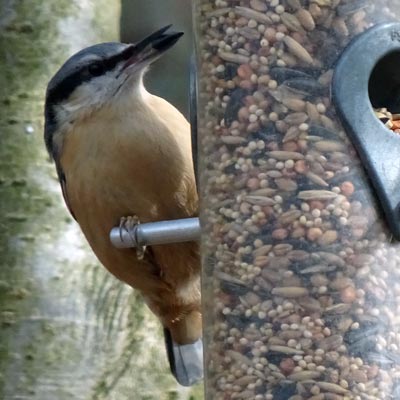 |
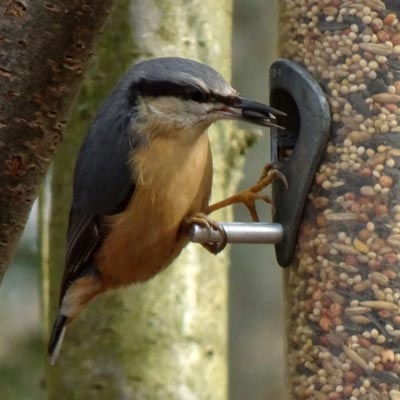 |
|
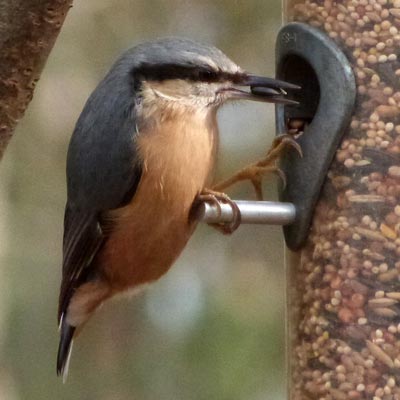 |
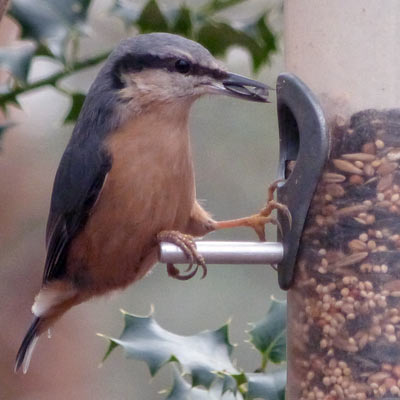 |
|
| Go to the top of this page | ||